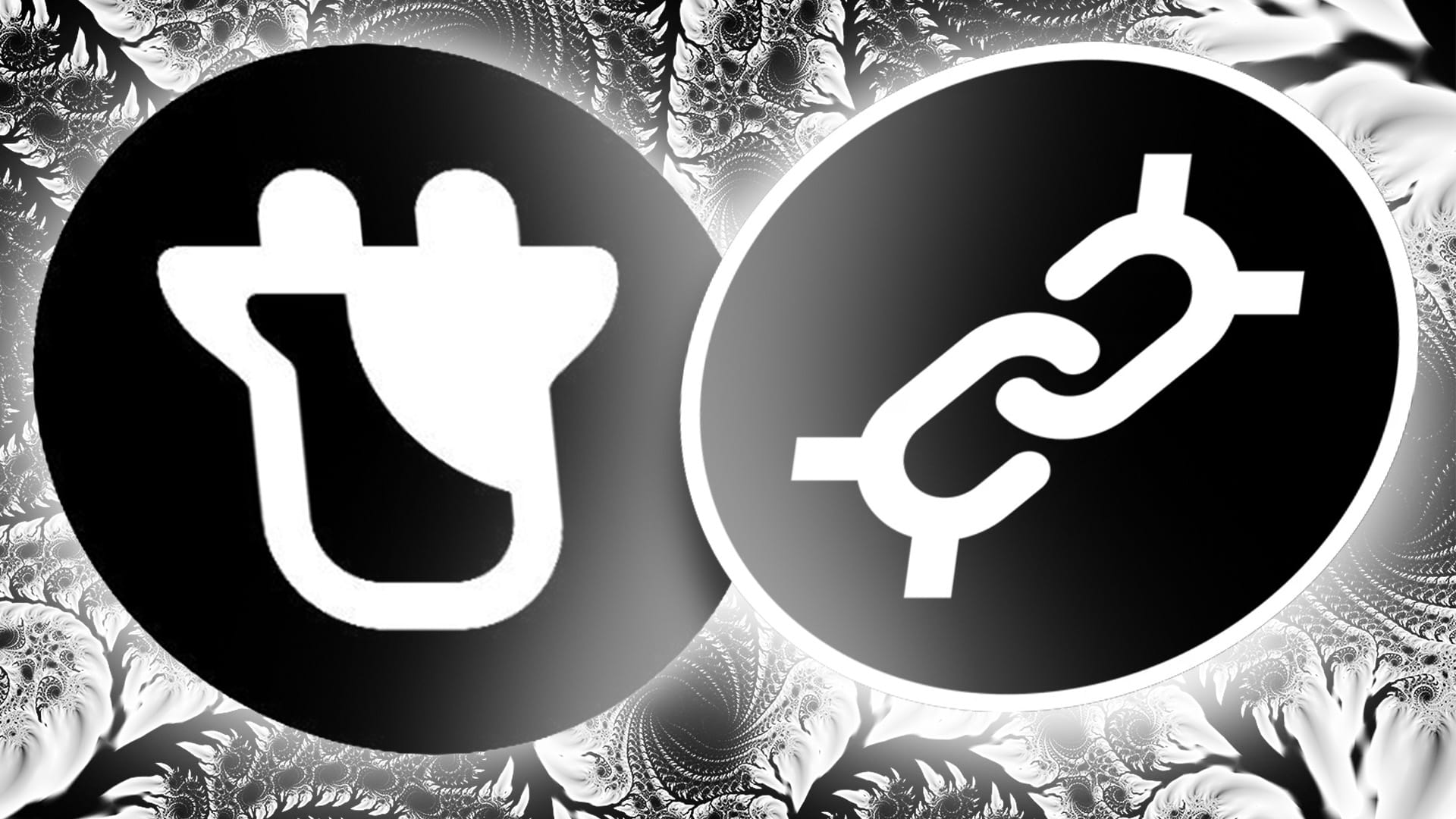Cryptocurrencies have been around for over a decade now, with Bitcoin leading the charge as the first and most well-known digital asset. In the last cycle its market capitalization topped 1 trillion and many more multiples of value were settled on chain and in exchanges. Bitcoin was even accepted as legal tender by El Salvador and the Central African Republic (CAR).

However, despite all the hype and promise of cryptocurrencies as a new and improved form of payment technology, they have yet to truly replace traditional payment methods. In a new paper, “Lackluster Adoption of Cryptocurrencies as a Consumer Payment Method in the United States” Luke Kowalski explores the reasons behind the slow adoption of cryptocurrencies as a means of payment.
Before getting into the meat of the paper, ask yourself when was the last time (or ever!) that you paid for something directly with crypto? I honestly can’t. From time to time I’ll cash out money through an exchange directly to my bank account. However, I almost never whip out my phone and make purchases with crypto.
So what is the problem? Why with all the growth and developer hours spent on growing the crypto ecosystem in the last 10 years has payments not really taken off yet?
One of the main issues Kowalski points out is the high "switching costs" for individuals and businesses to start using cryptocurrencies for payments. Cash, credit cards, banks, and even Cashapp are just too convenient and easy to use, making it difficult for people to justify the effort of switching to a new payment system.
Bitcoin, the most popular cryptocurrency, is treated as digital gold, not as cash. Its good for making high value cross border transactions, but no one is using it to buy coffee (look its a 2017 anti-crypto argument coming up!). The Lightning Network, a proposed solution for Bitcoin's scalability issues, has yet to gain widespread adoption. Even companies like Square, who have added functionality to make LN payments have not seen major growth in the use of Bitcoin as a payment.
Kowalski notes that this could be caused by a lack of "brand satisfaction" and trust that normies, or non-cryptocurrency enthusiasts, have in cryptocurrencies. Unlike traditional payment methods, which often have a clear leader or CEO that can be held accountable, is public, and a person. Cryptocurrencies operate on a decentralized model where faith must be placed in the technology itself. Kowalski calls this a “confidence machine,” explaining further that it is “where cryptography, mathematics, and game theory increase the confidence in the operation of a computational system.” He continues by noting that “Even those systems [Bitcoin & crypto] are not ‘pure math’ and have governance and actors that involve tensions between confidence and trust.” This can be a hard sell for the average person, who is used to trusting a person or company rather than code.
Bitcoin’s “brand” is independent, nebulous, trustless, and anonymous. These are not normal characteristics that average people put trust in. People like the idea of a strong leader, like SBF or CZ, who can speak clearly how the company is operating day to day. Post-FTX hubris shows that we regularly place our trust in bad actors, but this has been common since we were kicked out of the Garden of Eden for trusting the promises of a snake.

Kowalski also points out that money has social, cultural, and political dimensions that go beyond just the technology behind it. In its current state, cryptocurrencies are not yet attractive to the average person as a means of payment due to their lack of consumer protections, risk of rug pulls (sudden and unexpected changes in the value of a cryptocurrency), and high volatility.
So, what can be done to increase the adoption of cryptocurrencies as a payment method? Kowalski suggests that a hybrid model, such as those adopted by companies like Square and Coinbase, may be the way forward. Alternatively, a decentralized cryptocurrency like Frax, which has the backing of a fed master account, could also potentially gain mainstream acceptance. Ultimately, it will take a combination of institutional backing and on-chain decentralization to create a legally secure, socially accepted brand that has a chance of being adopted by the average person.




